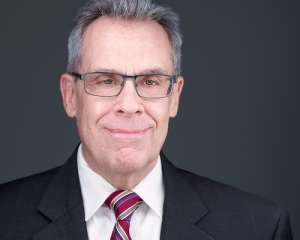
It has been thirty-five years since I attended my first Masters in 1989. Including the 1989 Masters, I have now attended at least one practice or tournament round of nine Masters, including five since I have resided here in Augusta. Although I was in awe the first time I stepped onto the Augusta National Golf Club, through these thirty-five years I have gained an even greater appreciation for how Augusta National conducts its tournament, its business, and itself as I have been able to observe things from a closer vantage point. In the remainder of today’s column, I will chronicle my attendance at the Masters for the past thirty-five years and how my perspective has changed and my appreciation has grown.
The Pre-Augusta Years:
From 1987 to 1990, I was an Air Force officer assigned to the Reserve Officer Training Corps (ROTC) Detachment 165 at Georgia Tech. During my first two years of that assignment, one of my responsibilities was assisting Air Force ROTC sophomores who were competing for pilot training eligibility with their paperwork and advisement. While I treated all the applying cadets equally and fairly, the ones who were accepted for pilot training were always extremely grateful for what I just saw as doing my job. One such cadet and his father wanted to show their appreciation a year later by taking me to the third round of the 1989 Masters. As an avid golfer and golf fan who had been watching the Masters since Jack Nicklaus’ win in 1975, I was thrilled to get up before dawn on a Saturday morning for the almost three-hour drive from Metro Atlanta.
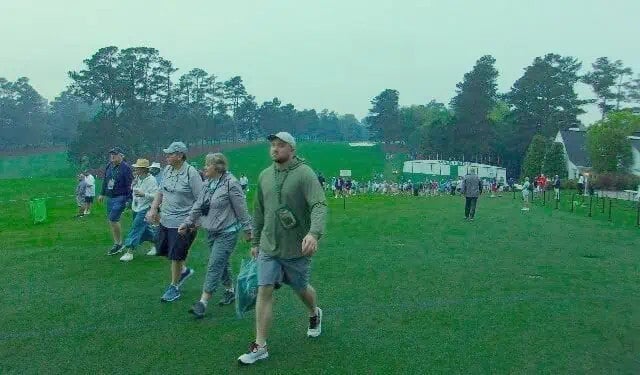
A few things stand out from my first Masters. As noted above, the sheer beauty of the golf course was awe-inspiring. The golf course was much more impressive in person than what could be captured in 1980’s television technology. Even back then, I was stunned by the low cost of concessions. I also remember a Japanese gentleman in front of me at the cash register in the Golf Shop buying $2,000 (about $5,000 in today’s dollars) in merchandise. I also remember going into the men’s restroom (much smaller than the ones there today) and I thought I was relieving myself next to reigning U.S. Open champion, Curtis Strange, who I had just seen playing on the golf course. When I told one of my companions this, he said, “You know Curtis Strange has a twin brother, right?” I did not know that. Despite thunderstorms ending our day earlier than scheduled (the play was suspended as the leaders completed play on #13), it was a glorious day. A legendary course, its beautiful horticulture, great golf, and inexpensive food and drink made for a memorable day!
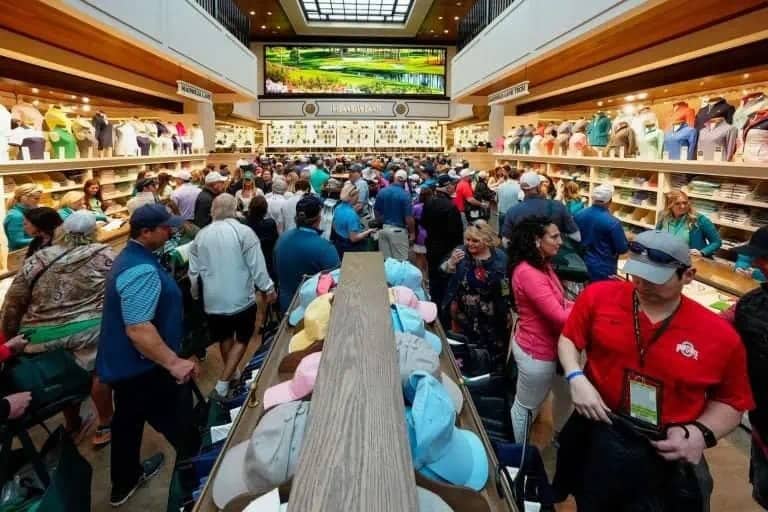
I returned to Augusta National in both 1990 and 1994 for Tuesday practice rounds. Back then, you could just walk up to the course and pay $15 to watch Tuesday practice rounds. Those two rounds may have been even more fun than the Saturday in 1989, as the players were chatty, I could take pictures of greats like Arnold Palmer and Jack Nicklaus, and particularly in 1990, it seemed less crowded. I assume those that ran the Masters realized that by 1994, practice rounds were getting more crowded, and as we exited the course that year, we were provided a pamphlet which explained a lottery for practice round tickets would begin the following year. I think there were two main reasons driving the need for the lottery. Most importantly, Augusta National values the patron experience, and the lottery ensured the practice rounds would not be overcrowded and remain enjoyable. A more subtle reason may have been that limiting attendance, made it more special and valuable to those who could attend.

Shortly after the 1994 Masters, I moved to Ohio and then Massachusetts, so I was out of the area for eight years, and when I returned to Georgia in 2002, I was unable to attain access to Masters again until 2011, when I was a professor/administrator at Kennesaw State University. However, the Masters and Augusta National did impact my family during that absence as my wife and I decided to name our second daughter Augusta, after the beauty I had seen at the National. When I returned for the exciting final round of the 2011 Masters after my 17-year hiatus, all the good things (beauty, tradition, inexpensive concessions) were still there, but the patron experience was more enhanced due to significantly more parking and a much larger Golf Shop. Again, it was evident that there was an emphasis on improving the patron experience.
The Augusta Years:
From 1989 to 2011, all of my insights into the Masters and Augusta National were solely as a golf fan who revered the tournament and its locale. However, since moving to Augusta in February 2017, I have attended practice and/or tournament rounds in 2017, 2018, 2019, 2022, and 2023. From these experiences, I have learned more about the Masters from somewhat of an “insider’s” perspective that has provided me with a greater appreciation for what they do and how they do it. Here are some of the most noteworthy examples:
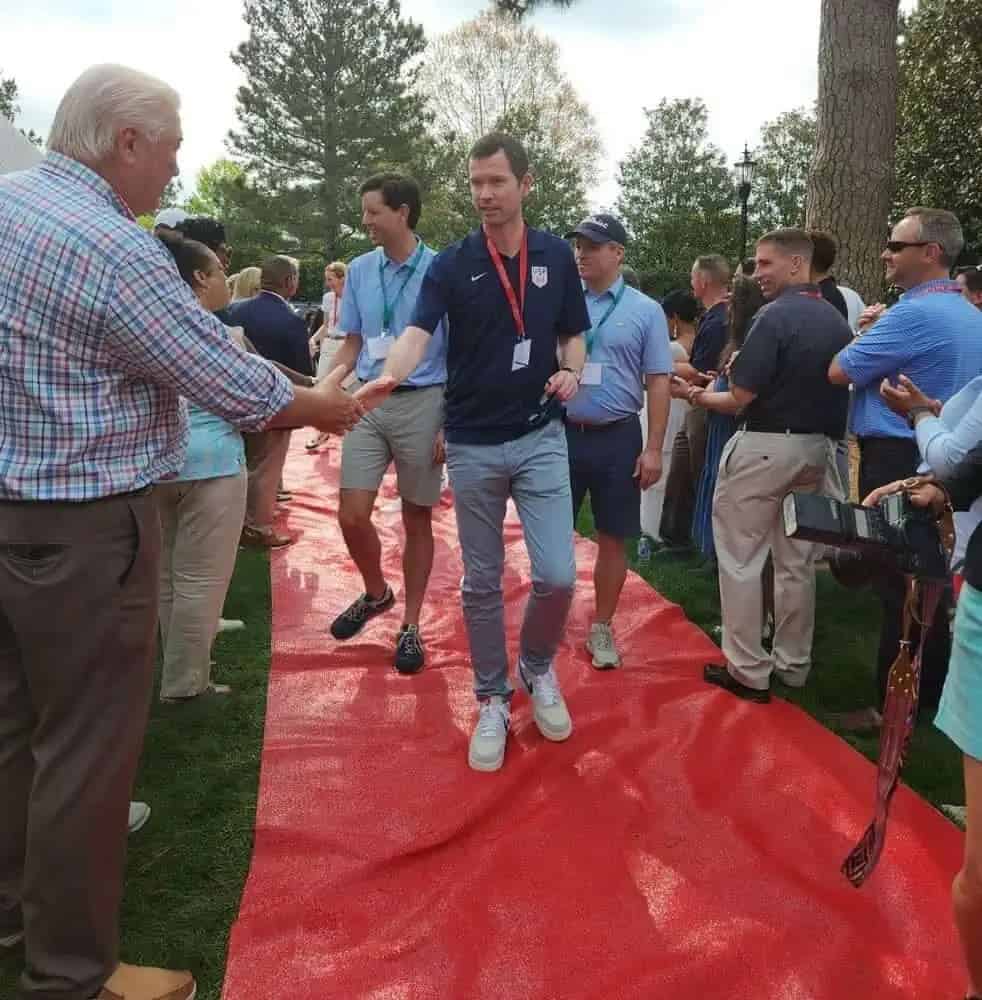
Red Carpet Tour – Contributing to the Georgia Economy
Every year since 1959, the Georgia Chamber of Commerce has hosted its Red Carpet Tour to promote business in Georgia to out-of-state business owners and executives to locate or relocate their businesses in the state. Two days (Thursday and Saturday) at the Masters are the centerpiece of the Tour. I was a host for the tour in 2018 and saw the impact the tournament had on these special visitors.
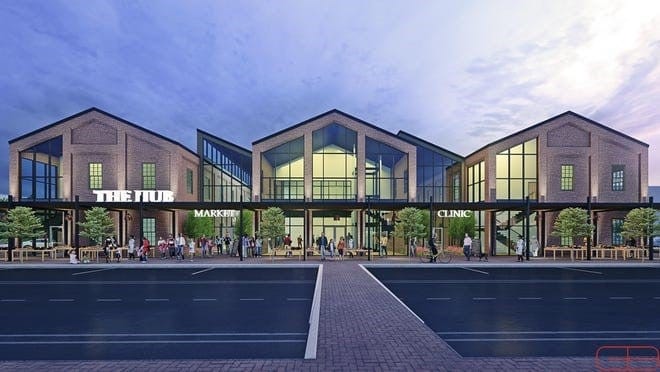
The Hub and Boys & Girls Club – Community Involvement
Serving the Harrisburg and Laney Walker neighborhoods, the Hub for Community Innovation (which includes Augusta Locally Grown, Augusta University Literacy Center, Harrison Family Health Care, and Rise Augusta) and the new Boys & Girls Club of the CSRA were built through a collaboration between the Community Foundation of the CSRA and the Medical College of Georgia (MCG) Foundation. However, the funding for the project was led by the Augusta National Country Club and its partners (Bank of America, IBM, and AT&T) who combined to contribute $10 million, demonstrating commitment to its local community. (Note: I am on the board of the MCG Foundation).
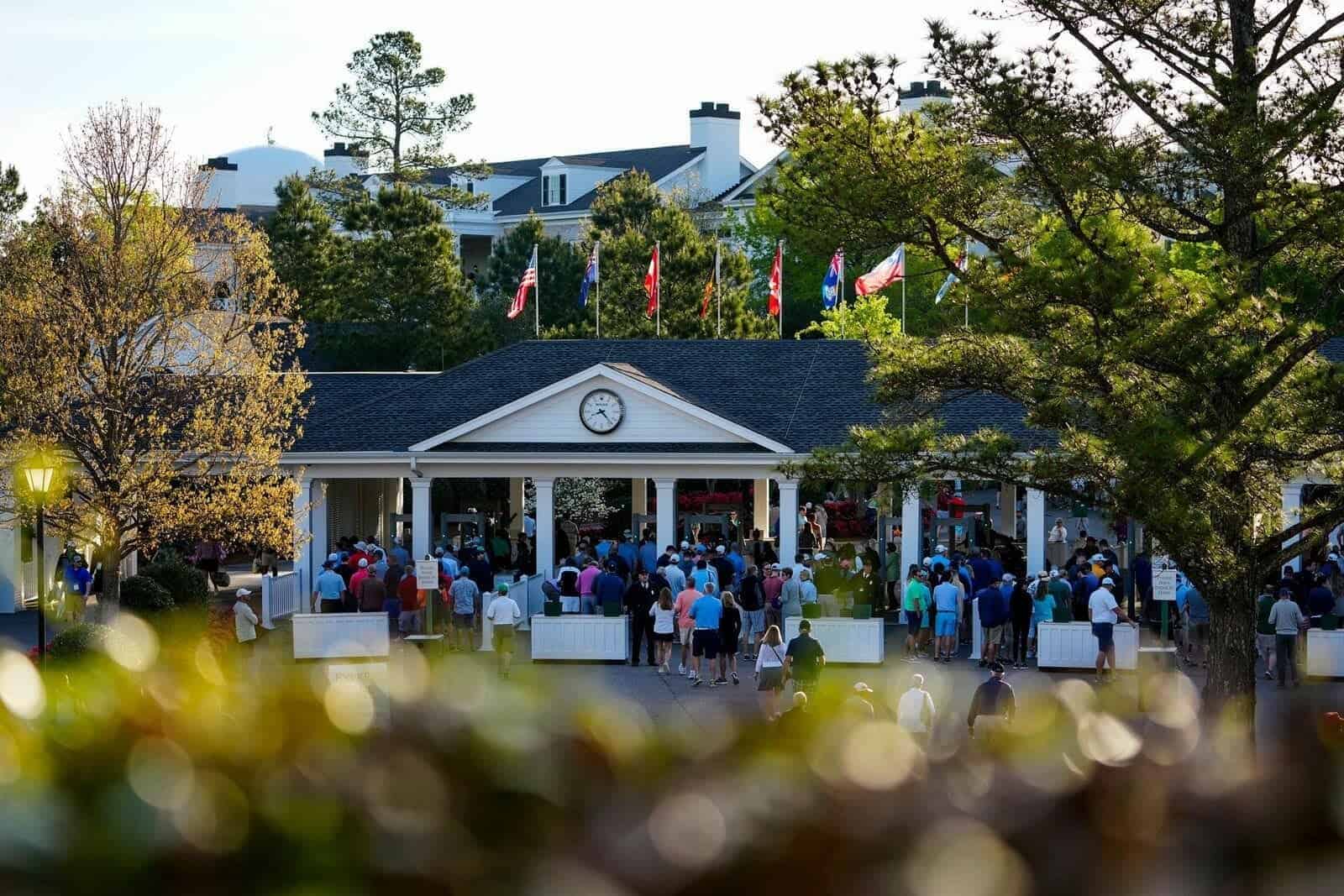
Continuous Improvement for Patron Experience
During the tournament last year, I was provided a “behind-the-scenes” look at operations during the Masters and I have had numerous discussions with multiple Augusta National staff about their processes. Without going into the details, I can assure you that Augusta National is committed to continually improving their processes to provide patrons from around the world an experience they will never forget.
From the first time I visited Augusta National and the Masters in 1989, I was incredibly impressed. However, during the past seven years, I have gained a greater appreciation by seeing what goes on behind the scenes to make the magic happen. We are blessed to have such an asset here in Augusta that not only brings the world to us, but also reinvests in our community.










